CellBuilder: A ready-made solution for cell & gene therapy manufacturing

With CellBuilder and our global partnerships, Children’s National hopes to expand access to groundbreaking cell and gene therapy treatments as they take off in the next five years.
With cell and gene therapies poised to reshape cancer and rare disease treatments, researchers at Children’s National Hospital are pioneering ready-to-use solutions that will bring these cutting-edge therapies directly to hospitals and other treatment centers, shrinking the distance between doctors and patients.
“The next five years are going to be a period of tremendous growth for cell and gene therapy,” said Patrick Hanley, Ph.D., chief and director of the Cellular Therapy Program at Children’s National. “Currently, there’s no shortage of interest from the medical community, but there’s a shortage of people who can manufacture and administer this care. We’re looking for ways to get these treatments to the patients by providing other institutions the tools they need to launch these programs cost-effectively, safely and efficiently.”
Called CellBuilder, the starter kits for cell and gene therapy programs could transform the landscape for pediatric patients.
The big picture
Dr. Hanley and many members of the Children’s National team have been working in cell and gene therapy for more than a decade, gaining extensive experience in the technical and regulatory hurdles inherent in creating treatments that target diseases at their source.
In cell therapy, a specific cell type is modified and transferred to a patient with a payload that can target a disease or disorder. For example, T cells may be modified and delivered to patients to teach their immune systems to fight cancer. In gene therapy, a patient’s genetic code is modified to treat or prevent diseases, such as sickle cell disease, cancers and other genetic disorders. This can be done by introducing a healthy copy of a gene, repairing a faulty gene or altering a gene’s function.
Children’s National has become a leader in manufacturing virus-specific T cells, one method of delivering cell therapies, and the Cellular Therapy Program has conducted consortium-led, multi-center trials. Many other healthcare sites across the country want to start programs offering this care at their facilities.
The holdup in the field
Starting a cell and gene therapy program from scratch can take years of effort, training and money. That’s why Jay Tanna, M.S., R.A.C., quality assurance manager of the Cellular Therapy Program at Children’s National, said the team is creating CellBuilder starter kits, which include the manufacturing protocol and the resources necessary to launch a cell therapy program almost instantly.
“With a suitable knowledge base, institutions can start their own cellular therapy program at the point of care, using our manufacturing protocols, vetted reagents and other key elements of the process,” Tanna said. “Of course, interested institutions would have to meet regulatory requirements and establish a clean room to manufacture these therapies. If they want to use CellBuilder to run a clinical trial, they can do that. If they want to take it to become a licensed product, they can do that, too.”
Children’s National has worked with more than five institutions to build their virus-specific T-cell program and is now using the kits to accelerate and commercialize the process to increase patient access. The lab has also entered into a memorandum of understanding with the Tokyo-based Hitachi Global Life Solutions, Inc., an innovative modular clean room manufacturer, with the goal of offering a bundled solution.
Why we’re excited
Dr. Hanley and his colleagues say that the partnerships Children’s National is forging as they consult with other experts in this field will expand access to cell and gene therapy across the country—and hopefully around the world.
“It used to be that, to get a CAR T cell, you would collect the cells at Children’s National, ship them to a company like Novartis, have the therapy manufactured there and then shipped back,” said Michael Keller, M.D., who co-led a first-of-its kind immunotherapy trial as the Translational Research Laboratory director at the Children’s National Cell Enhancement and Technologies for Immunotherapy Program. “It was expensive, time-consuming and limited patient access. Now, there’s growing interest in manufacturing at each site, just like you would with a bone marrow transplant.”
With CellBuilder and our global partnerships, Children’s National hopes to expand access to groundbreaking cell and gene therapy treatments as they take off in the next five years, extending lifetimes and improving the quality of life for children suffering from rare disorders.
“We’re trying to capture the momentum underway in the field by providing this kit so that institutions don’t have to know how to do everything,” Dr. Hanley said. “We provide all the knowledge, a reagent list and everything else they need—and they provide the care.”


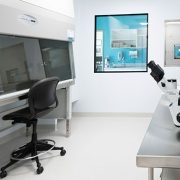
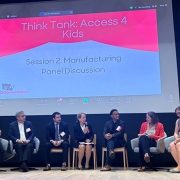
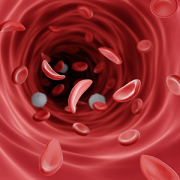
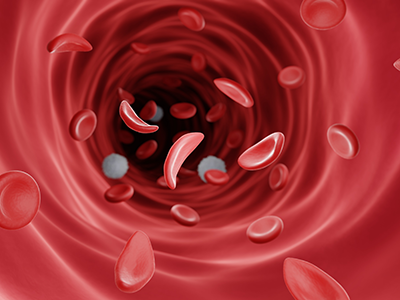
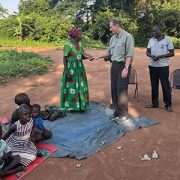
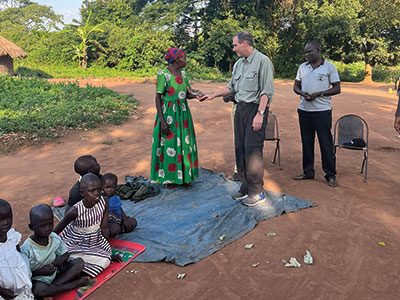
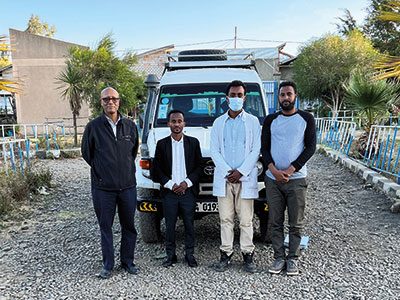

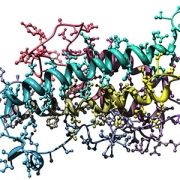





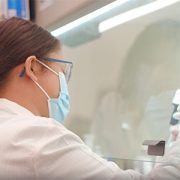

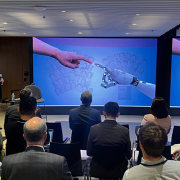
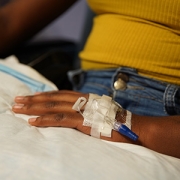
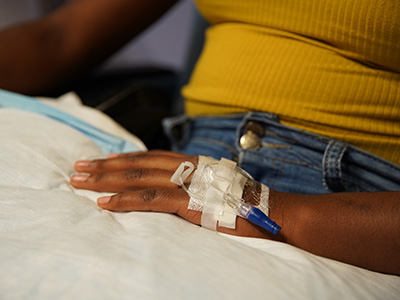
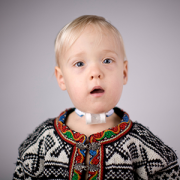
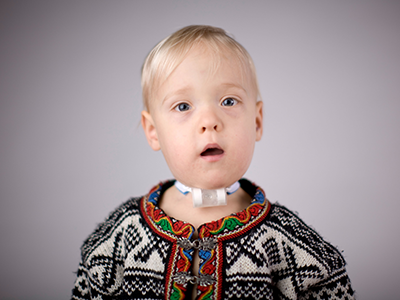
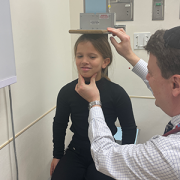
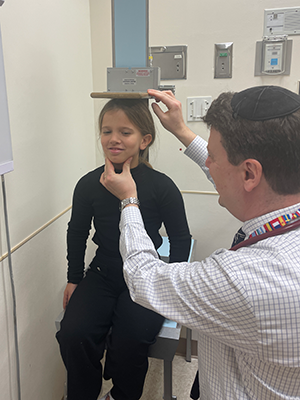

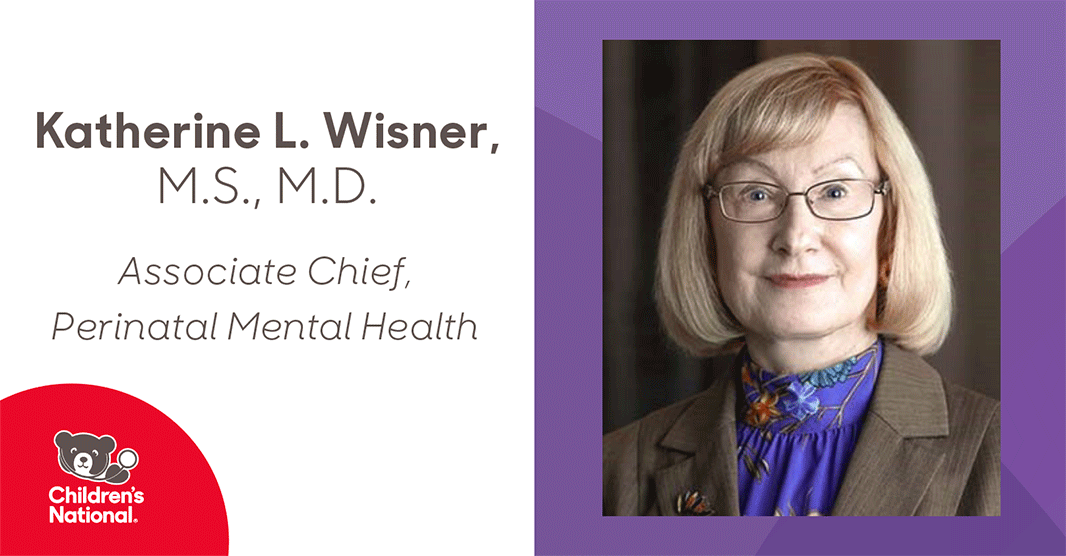
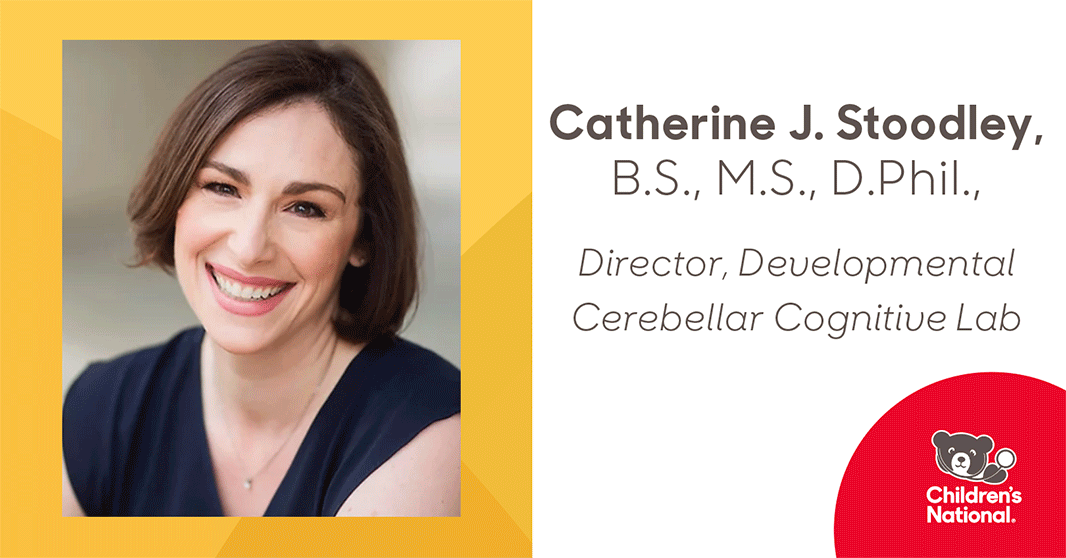
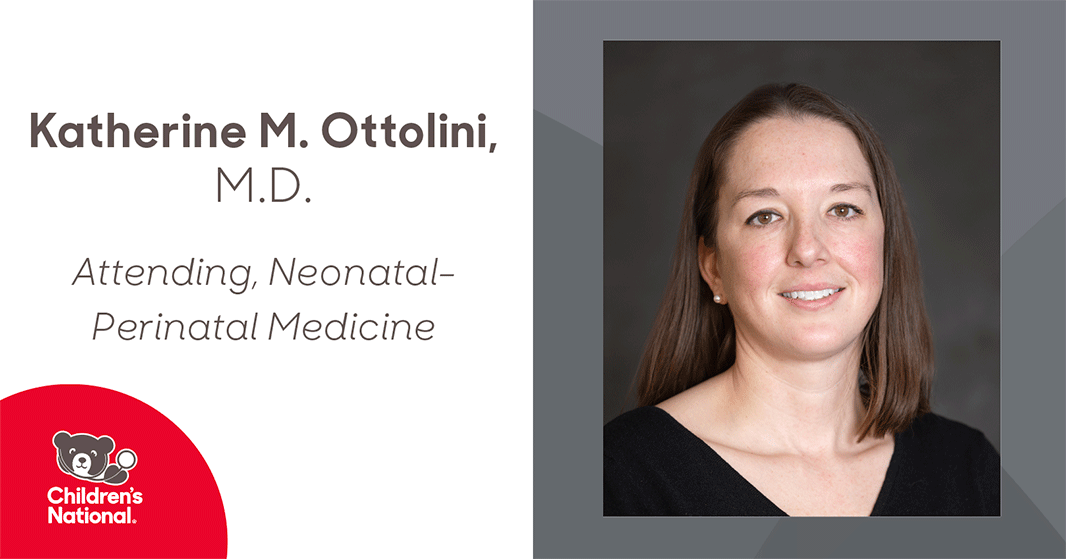
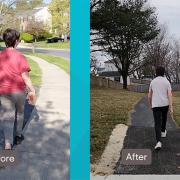
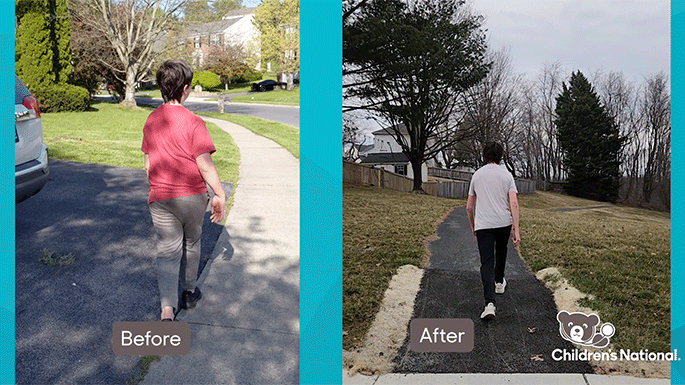
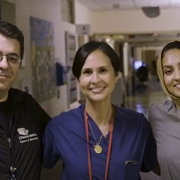
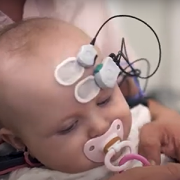


 The Children’s National Research Institute released its
The Children’s National Research Institute released its 

